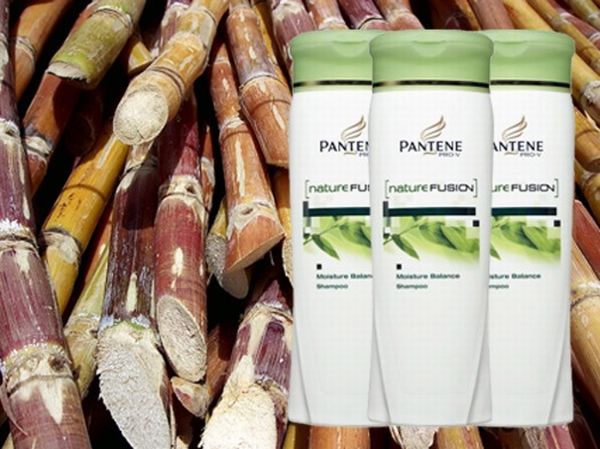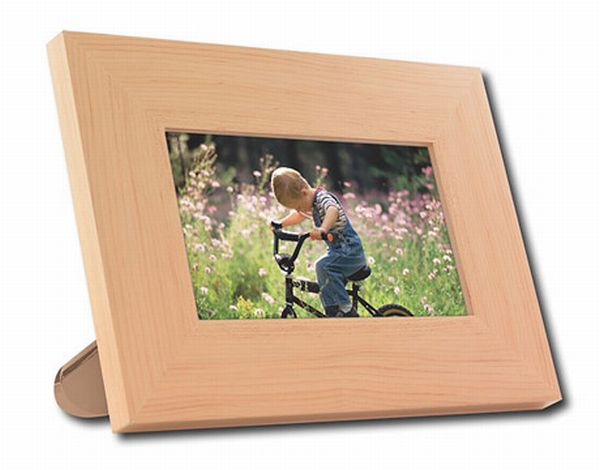
People all over the world are becoming environment conscious and each day new innovations are being made in this regard. Introducing bioplastic material is a similar eco-friendly innovation. Use of this sustainable and fully biodegradable material reduces the production of the plastic which poses a major threat to the ecological system. Big companies are also taking initiative to reduce harmful impacts on the atmosphere. Recently PepsiCo and Coca-Cola introduced bottles made up of agricultural wastes to promote âgo greenâ business efforts.
Given below is a list of 7 most weird bioplastic packaging solutions
1. Wood Pulp

A food major named as Boulder Canyon Natural Foods, Colorado has brought a new technique into work to save environment from dangerous and long lasting effects of plastic bags. They have started using bags made up of wood pulp to pack the chips and other eatables produced there. The bags are biodegradable and could be used extensively without having the guilt of harming Mother Nature. The wood pulp used to make these eco-friendly bags is used from certified plantations of Forestry Stewardship Council (FSC).
2. Sugar Cane
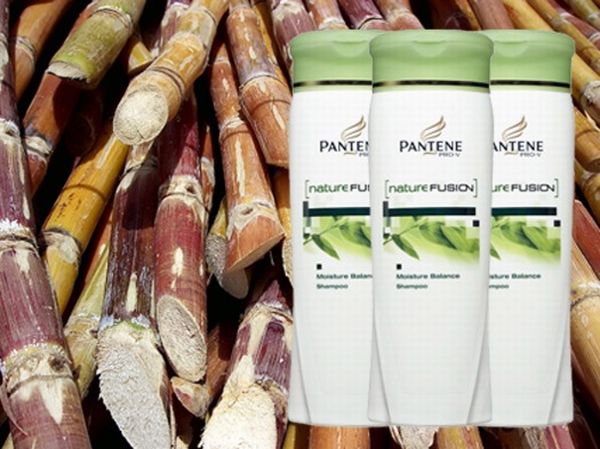
India is the major producer of sugarcane and companies are trying to take full advantage of this fact by replacing conventional plastic with plastic made from sugarcane. Proctor & Gamble used bottles made from sugar cane for Pantene Prov_V and Max factor products. They resemble ordinary plastic bottles but the only difference is they do not pose any danger to the environment. Seeing this as a market opportunity, many other companies have followed the same trend. Now AT & T, a telecommunication giant, will be packing its branded accessories and products in the packets made up of sugarcane.
3. Veggies
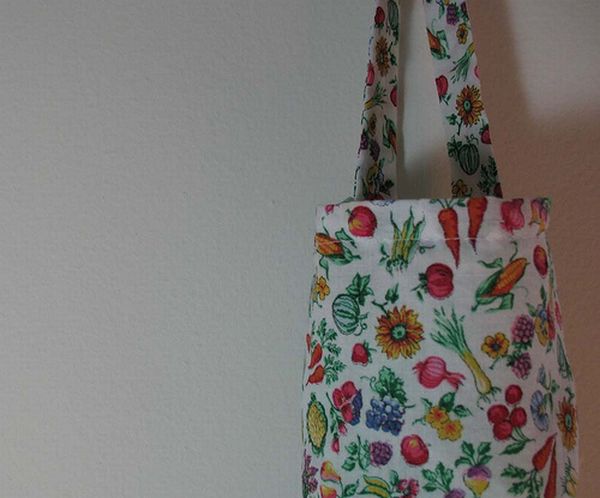
Seeing the popularity of bioplastic materials in the market, researchers are sweating hard to produce more and more bioplastic material using various techniques. In one such similar process, certain bacteria is being used to transform the garden wastes such as vegetables and fruit into usable bioplastic material. The researchers are trying to train bacteria by understanding their eating patterns and adapting them to convert sugars to useful form.
4. Mushrooms
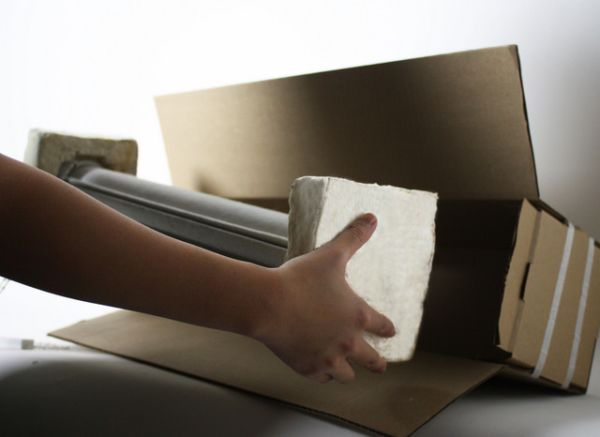
Dell has started a unique eco-friendly campaign and is promoting it by using packaging material formed using mushrooms. Dell will be using this material to pack various computer hardware and other equipments. The material has been formed and molded keeping in mind environmental hazards as well as safety of the equipment. The energy used to create packaging material is extracted from the sugar already there in the farming waste.
5. Chicken feathers
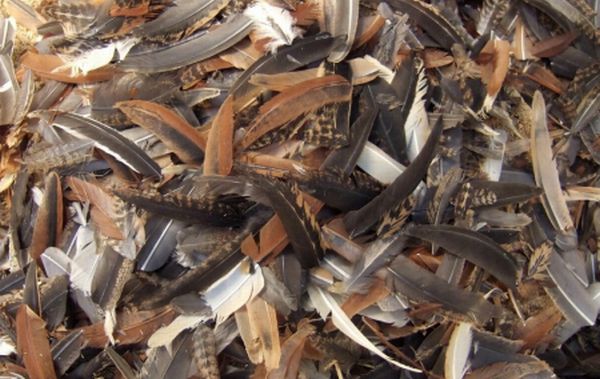
Chicken feathers are made up of âkeratinâ, the same structural protein that is found in fingernails and hair and could be used resourcefully for making various usable products. Chicken feathers are basically a waste that is leftover of poultry processing. Researchers are working to transform this waste to a useful plastic material which could be used for packaging purposes. The development is still in progress and researchers are trying to add strength and water resistivity to the plastic made from lightweight chicken feathers.
6. Milk
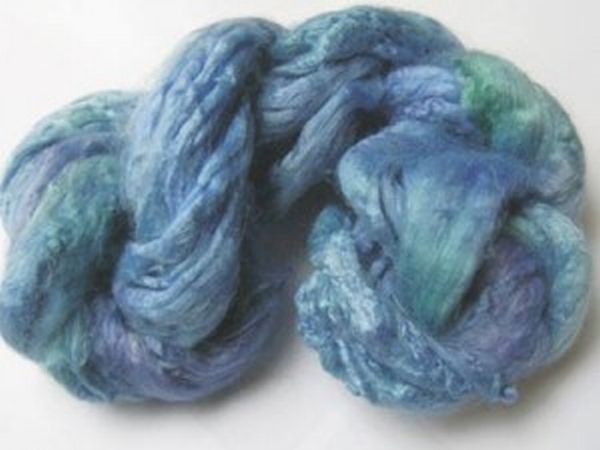
Researchers are trying to make a unique super-light biodegradable plastic by combining milk protein and ordinary clay. Clay is used to strengthen the cohesiveness in milk proteins. The research is still in progress and once successful it will help a lot in reducing pollution created by ordinary plastic.
7. Tequila
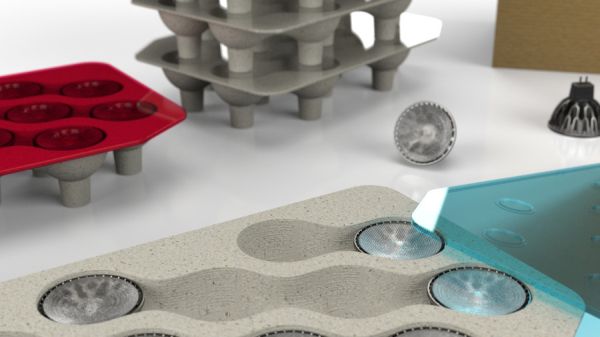
The process of distilling tequila produces a waste termed as ‘bagasse’. This waste byproduct can be used resourcefully to make bioplastics. Bagasse is produced in hundreds of tons everyday, therefore using bagasse for making plastic would be an affordable and easy method.


